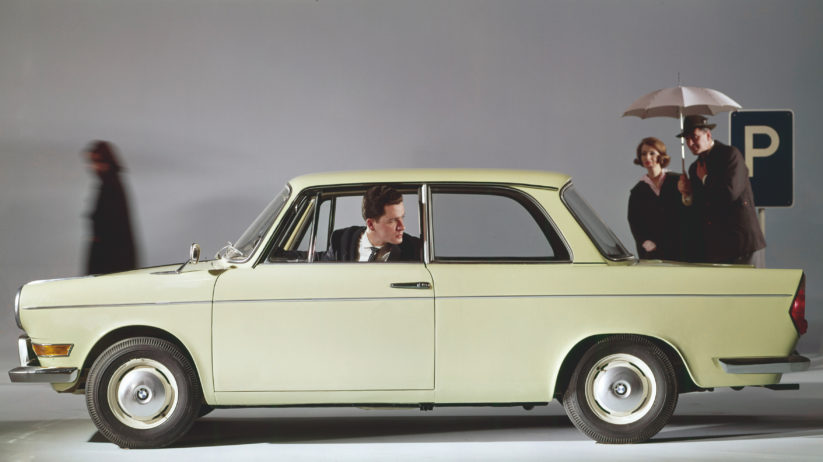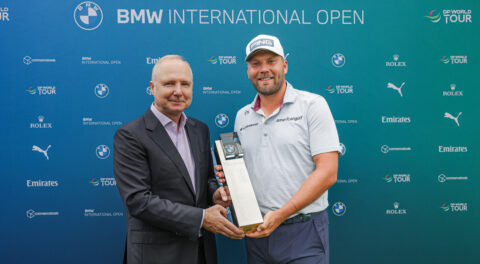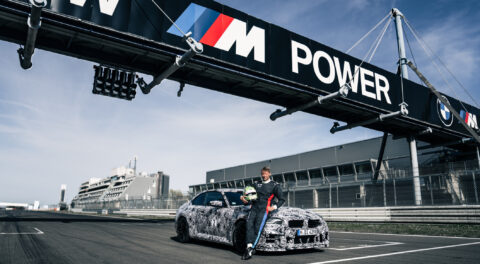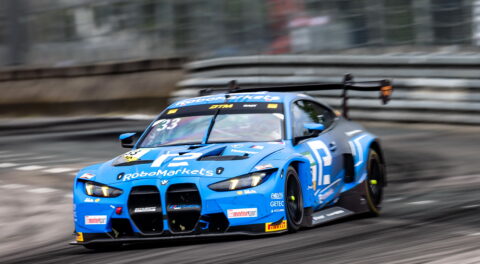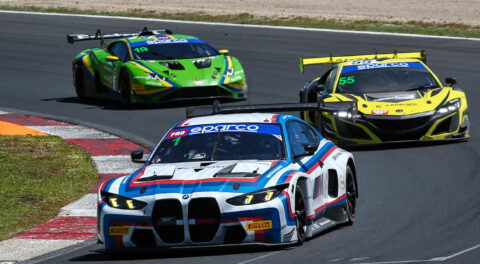March 7, 2019 marks the 103rd anniversary of the establishment of BMW as a company, and in a recent press release, the automaker recalled some important milestones, accomplishments, and successes from the past century. It’s hard enough to believe that nearly three years have gone by since BMW turned 100 back in 2016, a year that included a celebration at Monterey, the same place where that year’s BMW CCA O’Fest was held.
Below, you’ll find some rather interesting facets of BMW history.
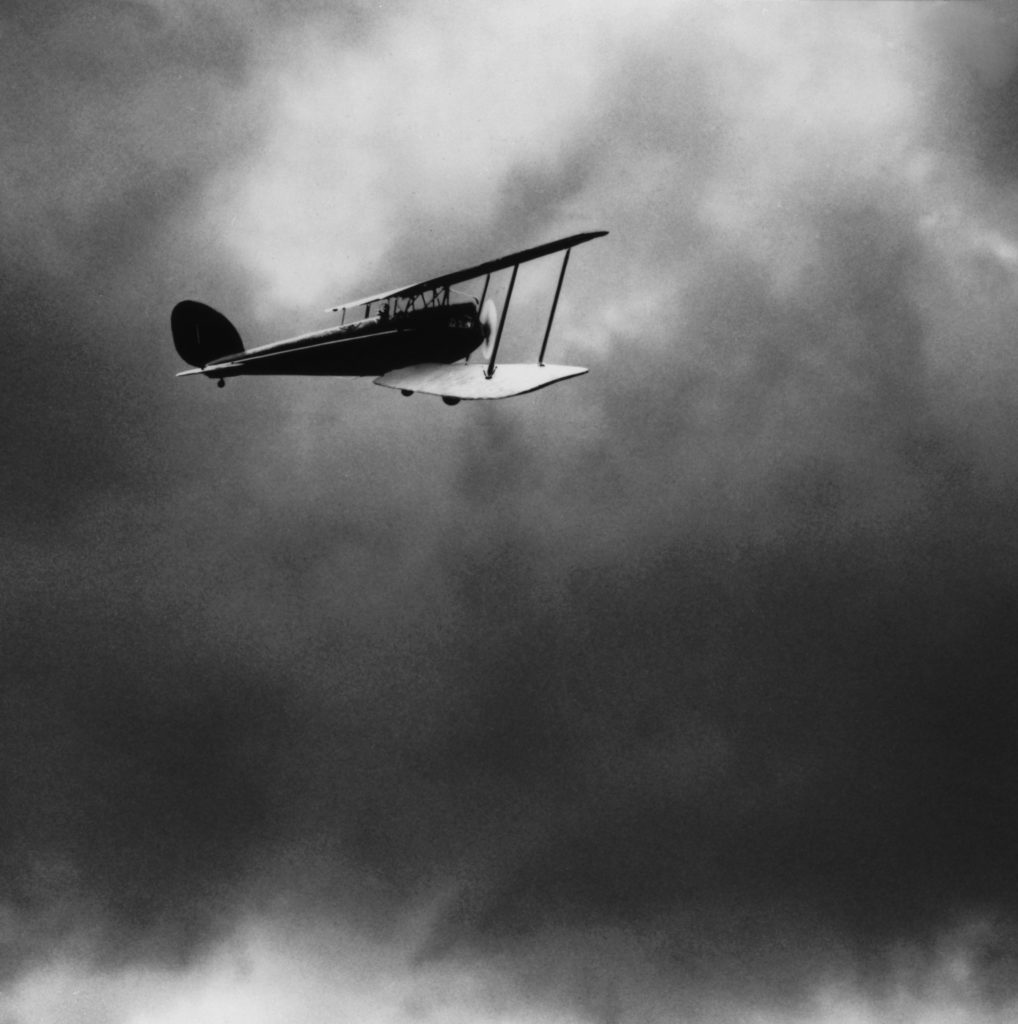
BMW initially began operations as a producer of aircraft engines, an endeavor that lasted from 1916 until 1923. 100 years ago, on June 17, 1919, a BMW-powered biplane piloted by Franz Zeno Diemer ascended to a record altitude of over 32,000 feet, the same flight level modern pressurized jetliners routinely operate at today. Diemer accomplished the feat without the assistance of supplemental oxygen—astounding enough on its own—while also resisting the effects of an outside air temperature around -50ºF. The airplane, a DFW F37, was equipped with a 230-hp BMW IV engine, which used an innovate water-cooled design with a single overhead camshaft and two valves for each of the six cylinders, with displacement of 23 liters. It took Diemer one hour and 29 minutes to reach his peak altitude, and the experienced test pilot is unofficially quoted as saying, “I could have gone much higher, but I didn’t have enough oxygen.”
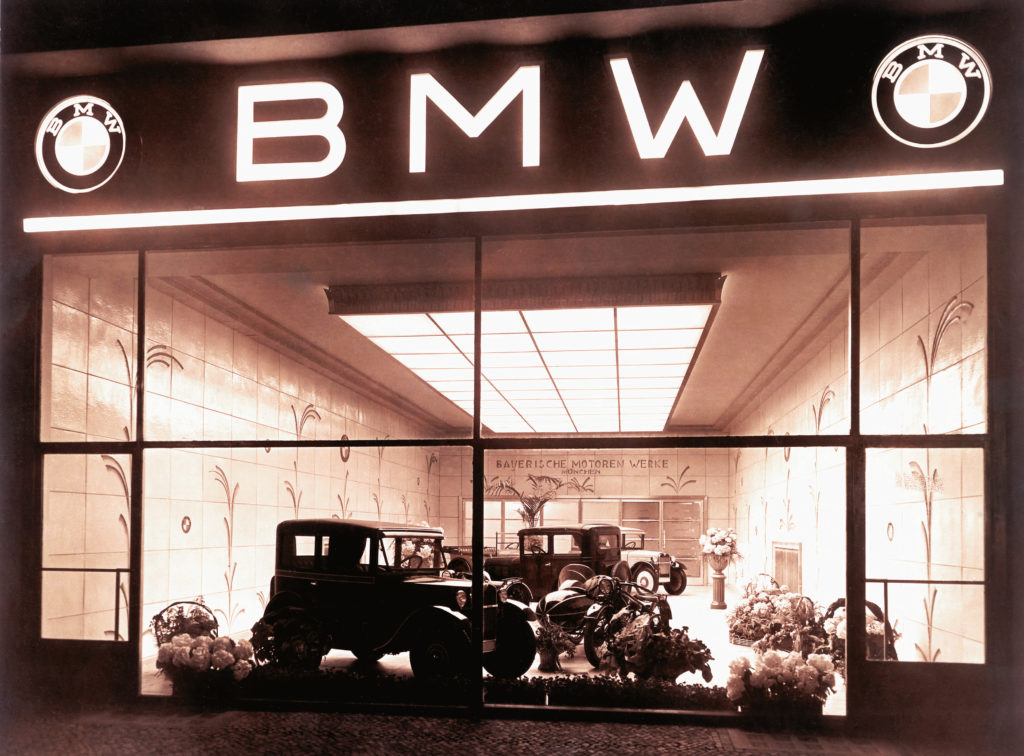
Automobile production did not commence until the late 1920s, after BMW absorbed Automobilwerk Eisenach, and the first volume model was the Dixi DA1, which was made from 1928 until 1931. The Dixi—a British Austin 7 manufactured under license—was motivated by a four-cylinder engine developing 15 hp, which somehow allowed for an impressive top speed of roughly 75 mph. 90 years ago, on March 22, 1929, the very first 3/15—the successor to the Dixi, and much more a BMW—left the factory in Berlin. Over the next three years, 16,000 would be produced, firmly cementing BMW’s position in the automotive industry. Before embarking on the four-wheeled venture, then chairman Franz-Josef Popp said the company’s experience in building engines made transitioning to small-car development a natural move forward.
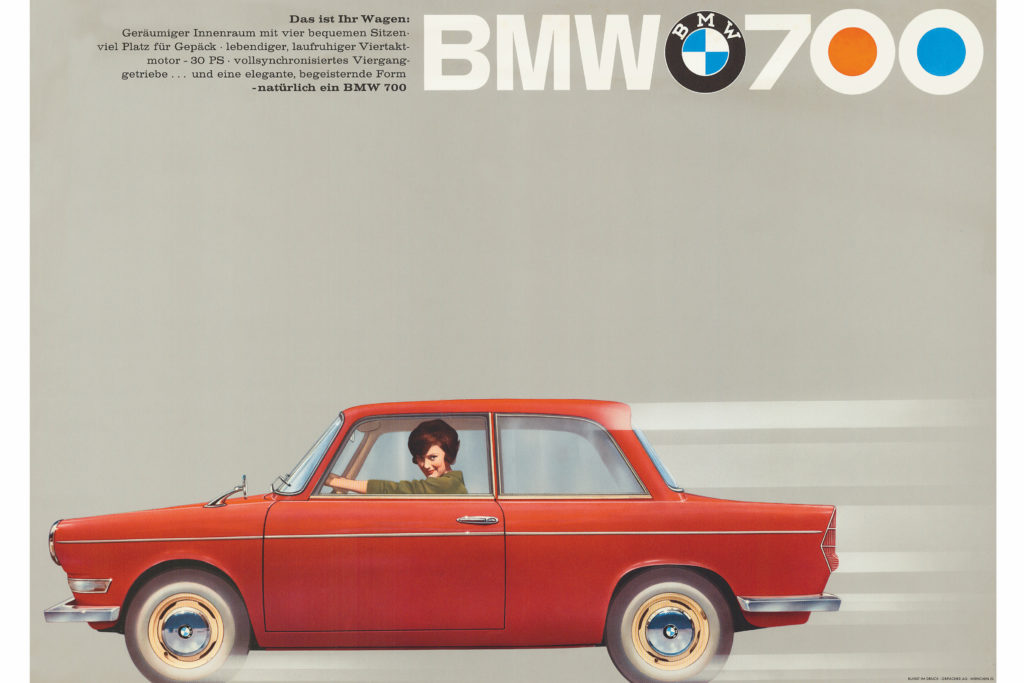
By the late 1950s, however, after expenditures related to producing exclusive and luxurious models had run high, BMW found itself on the edge of disaster. Many will recall that during this period, BMW shareholders went so far as to propose the idea of selling out to what was then referred to as Diamler-Benz. The Bavarian automaker was able to hang on, though, and 60 years ago, on June 9, 1959, introduced the BMW 700, a model which has since been credited with saving the company. The 700 went on to become a commercial success, and allowed BMW to introduce the very important New Class in 1962. When production of the 700 came to an end in 1965, more than 190,000 had been constructed, and a sporting model had also helped reignite interest in racing competition.

As many enthusiasts know, BMW continued cutting new paths in the automotive world; twenty years ago, they launched what is perhaps one of the company’s most important developments. The first-generation X5, internally designated E53, was unveiled during the fall of 1999. The X5 was the world’s first sport-activity vehicle (SAV), according to BMW, and helped to usher in a host of other luxury competitors from the likes of perennial challengers like Mercedes-Benz, Audi, Lexus, and many others. Even as the world has changed dramatically over the past two decades, it’s still difficult to overstate the importance of the X5, and how it introduced a vehicle segment that now dominates sales; during 2018, 37.3% of global BMW brand sales came solely from X models, and now BMW offers an X model from One through Seven.
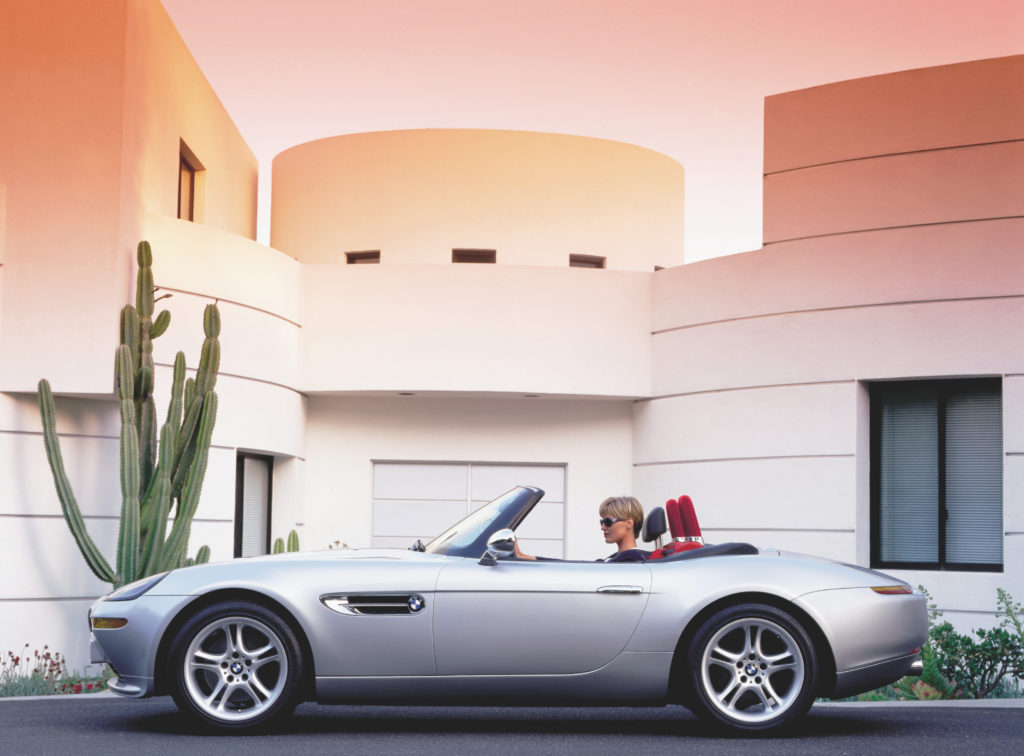
Incredibly, while plotting the future of the automotive landscape in 1999, BMW was also looking back at its captivating history. Revealed the same year as the first X5, the BMW Z8 pays visual and experiential homage to the 507 roadster of the 1950s, but incorporates the use of what was then cutting-edge technology. The 4.9-liter, 400-hp S62 V8 is the same unit that would go on to power the E39 M5 and leagues of successful BMW race cars, while construction and assembly were carried out by hand, and the body and frame were made of aluminum. 5,703 Z8s were produced from 2000 until 2003, all of which originated from a production facility exclusively dedicated to the model. The 252 507 roadsters built from 1956 to 1959 are worth quite a bit more, but over the past several years, the Z8 has experienced its own appreciation, and the model has become sought after by automotive and brand aficionados alike, thanks to its timeless, classic-retro design, among other characteristics.
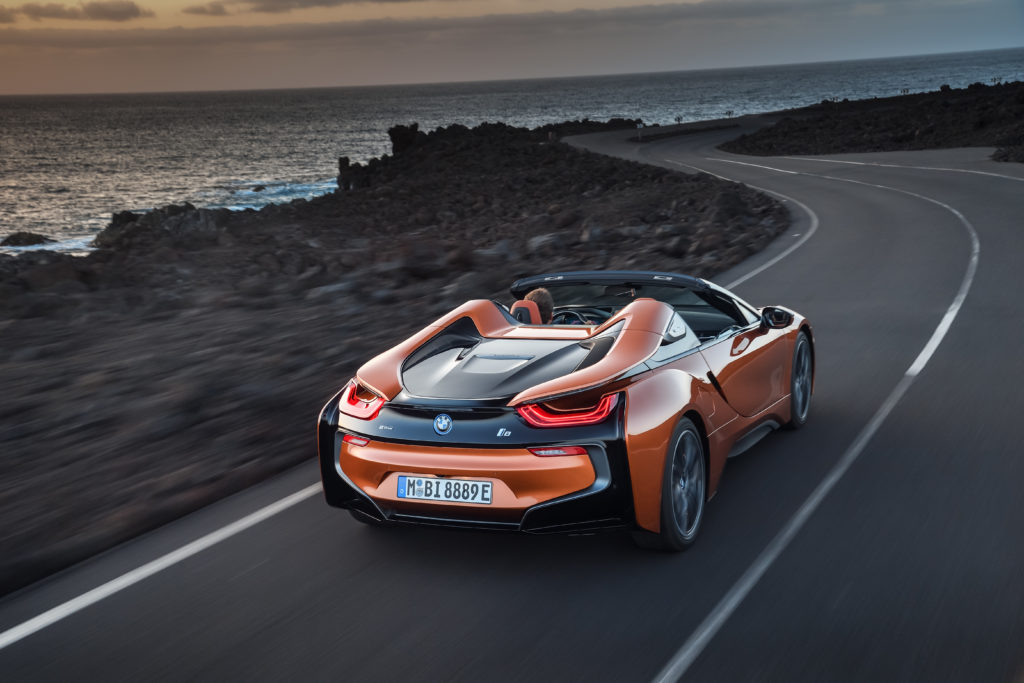
Today, BMW is over 103 years old, but the company is as successful as ever. Even during times of economic turmoil, the automaker has managed to continue posting successive years of record sales, all while plowing much of the profits back into research and development for the next generation of mobility. With the internal-combustion engine’s sunset potential in sight for our lifetimes, BMW will have to pull off another sea change to remain relevant for the next 100 years, but for a company that has built a reputation on innovation, many of us are quite excited about what’s on the horizon.—Alex Tock
[Photos courtesy BMW AG.]

